Jamie Oliver Spaghetti Bolognese
My go-to midweek meal is Jamie Oliver’s spaghetti bolognese, which doesn’t require hours of boiling but nevertheless yields a beef sauce with large, powerful, nuanced flavors. The recipe I use most often to satisfy my family’s craving for this exquisite semi-homemade spaghetti sauce.
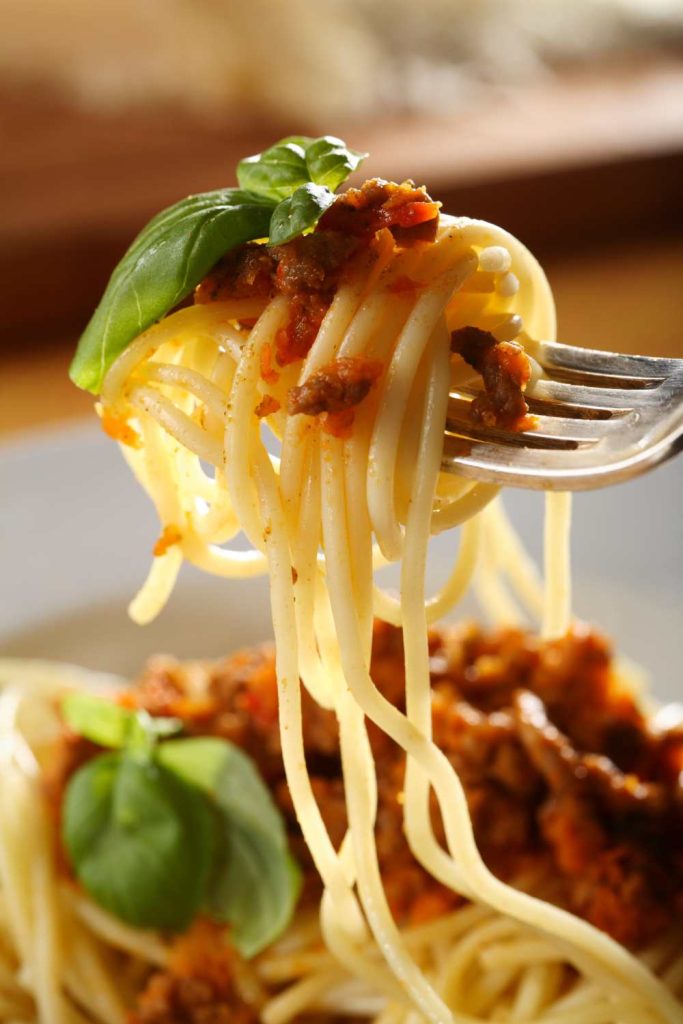
This is the recipe you turn to when you’re too tired to cook but yet want something that tastes as if it simmered for hours. As an added bonus, it freezes beautifully.
What Is Spaghetti Bolognese?
Bologna Italy, is the inspiration for the Bolognese cuisine style. Bolognese Sauce is a hearty meat sauce made by slowly simmering ground beef, pork, or lamb with chopped onions, carrots, and celery, and sometimes wine, milk, or cream. So, if you’re hoping for a tomato-forward, saucy sauce in the vein of marinara, this is not it.
This is not a genuine hard-core bolognese sauce with pancetta that may take up to all day to cook, stand, and stir, but it tastes very close to that kind of sauce.
What Is Bolognese Sauce Made Of?
The first step in making classic Spaghetti Bolognese is to sauté a sofrito of onions, celery, and carrots with minced or finely chopped meat and pig. Common additions include fresh tomato paste, white wine, chicken stock, and milk or heavy cream. Slowly simmering the sauce results in a rich, thick sauce.
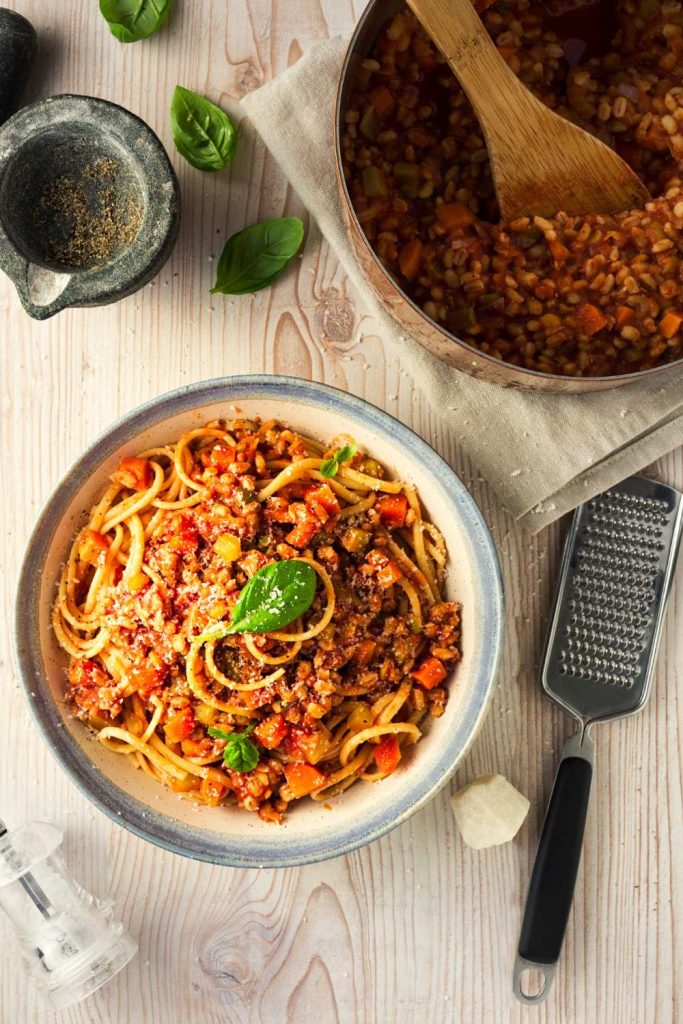
What To Serve With Spaghetti Bolognese?
Simply serving spaghetti bolognese with a large green salad and some garlic bread is a great idea. And so do we!
- Garlicky parmesan and buttery garlic breadsticks.
- Broccoli roasted with parmesan cheese.
- Garlicky lemony buttery brussels sprouts.
- Balsamic brown butter goes well with roasted asparagus.
- Blue cheese dressing over a wedge salad.
- A fruit salad dressed in a honey-lime vinaigrette.
- This honey lime poppy seed vinaigrette is the perfect complement to a bowl of fresh winter fruit.
Recipe Variations
In order to assist you in developing a recipe for a bolognese sauce that is more flavorful when you prepare it in your own kitchen, the following are a few variants of this homemade bolognese sauce.
- Pork And Beef. Modify the recipe by exchanging one-half of the ground beef for an equivalent amount of ground pork. Before beginning to cook the onions, render four ounces of diced pancetta or bacon in the Dutch oven until it is browned and crispy. This step is essential for bringing out the full flavor of the pig. Remove using a slotted spoon, drain out all of the pig fat save for 2 tablespoons, and start creating the recipe for the bolognese sauce without adding the vegetable oil. When you are done adding the additional herbs and seasonings, put the pancetta or bacon back in the dish. If you are looking for a recipe that is closer to the traditional Bolognese sauce, here is one that you may try.
- With Cream. After removing the spaghetti bolognese from the heat, mix in a half cup of heavy cream that has been brought to room temperature to create a sauce that is silky smooth, and opulent.
- With Worcestershire Sauce. You may achieve a thick and flavorful bolognese sauce by using 1 to 2 tablespoons of Worcestershire sauce in the recipe. This sauce has a little bit more of a kick to it, thanks to a little-known trick!
How To Store Spaghetti Bolognese?
- In The Fridge. Pasta will absorb moisture from sauces, so keep spaghetti and bolognese sauce in separate containers. When storing spaghetti, to prevent it from sticking together, mix it with a small amount of olive oil. You can keep your spaghetti bolognese in the fridge for up to 4 days if you put it in a freezer-safe plastic bag or airtight container.
- In The Freezer. The bolognese sauce stores quite well. However, the pasta should not be frozen since it will go mushy when thawed. So that the bolognese sauce may be frozen. Follow the recipe’s directions to make the bolognese sauce, then set it aside to cool. To store for up to three months in the freezer, transfer bolognese to airtight containers or freezer bags, press out any extra air, seal, and label. Defrost bolognese sauce in the fridge overnight before using.
- To Make Ahead. Because the flavors have had more time to mature and merge, spaghetti Bolognese is the ideal dish to cook ahead of time or to meal prep because it tastes even better the next day. Make the sauce ahead of time and keep it in the fridge, when ready to serve cook the pasta and reheat the sauce and serve.
- To Reheat. Put your spaghetti Bolognese, sauce, and all, in a baking dish that is suitable for the oven, cover it with aluminum foil and reheat it at 350 degrees Fahrenheit for 15 to 20 minutes.
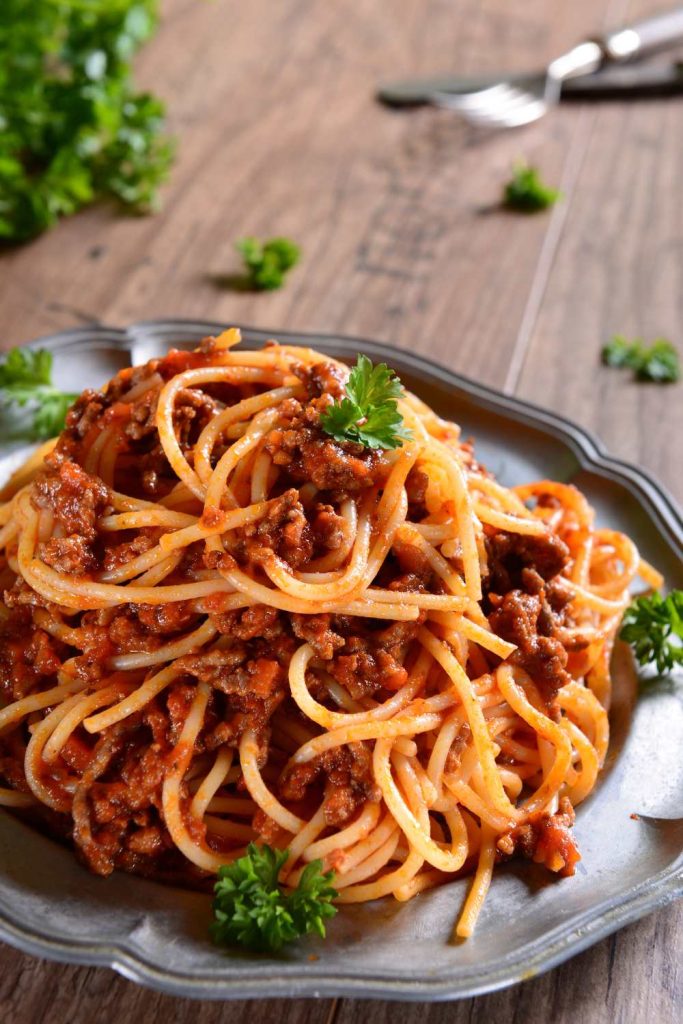
My Personal Recipe Tips
- Season the Spaghetti with a healthy pinch of salt. This is your one and only opportunity to season your pasta.
- The meat has to be seasoned with salt and pepper before cooking to create a burst of flavor and reduce the cooking time of the sauce.
- Put your own spin on this sauce by tailoring it with the addition of your favorite fresh or dried herbs, or even a splash of red wine that may be boiled down before the tomatoes go in.
- The taste of dried oregano can be enhanced by rubbing it between your palms before applying it.
- Don’t scrimp on the tomatoes; the higher quality they are, the nicer the sauce will turn out.
- Longer boiling of the sauce, if possible, will result in a more robust taste.
- Before adding the tomatoes, add a half cup of wine for added depth of flavor.
- The bitter sauce can be remedied by gradually adding either 1/8 teaspoon of baking soda or 1/2 teaspoon of sugar until the acidity disappears (tasting as you go).
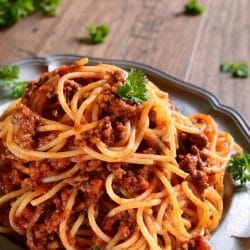
Jamie Oliver Spaghetti Bolognese
Ingredients
Bolognese Sauce
- 1 pound lean ground beef
- ½ onion finely chopped
- 1 medium carrot finely chopped
- 1 stalk celery finely chopped
- 4 garlic cloves minced
- 1 (14 ounce) can crushed tomatoes
- 1 (24 ounce) jar quality marinara sauce I recommend ratios brand
- 1 ½ teaspoons balsamic vinegar
- 2 teaspoons dried basil
- 2 teaspoons chicken bouillon
- ½ teaspoon sugar to taste
- 1 teaspoon each of salt, dried oregano, and dried parsley
- ½ teaspoon dried thyme
- ¼ teaspoon pepper to taste
- ¼ teaspoon red chili pepper flakes optional
Add later
- ¼ cup heavy cream optional
Serve with
- spaghetti
- lots of parmesan cheese
- fresh parsley
Instructions
- Cook the pasta until it is al dente according to the package recommendations. Before draining the pasta, save 12 cups of water.
- To avoid the noodles from sticking together, toss drained spaghetti with a little olive oil.
- Heat 1 tablespoon of olive oil in a large pan over medium-high heat. Cook until the beef, onions, carrots, and celery are browned.
- Sauté the garlic for 30 seconds. If necessary, drain any extra grease.
- Bring to a boil, then lower to a simmer with the other “Bolognese Sauce” ingredients up to the heavy cream. Cook, uncovered, for 10 minutes, stirring periodically.
- Continue to boil for 5 minutes or until the sauce reaches the desired consistency. If you like a thinner sauce, add a bit of the leftover pasta water at a time.
- Serve Bolognese Sauce over pasta and top with Parmesan cheese!
Notes
- Season the spaghetti with a healthy pinch of salt. This is your one and only opportunity to season your pasta.
- The meat has to be seasoned with salt and pepper before cooking to create a burst of flavor and reduce the cooking time of the sauce.
- Put your own spin on this sauce by tailoring it with the addition of your favorite fresh or dried herbs, or even a splash of red wine that may be boiled down before the tomatoes go in.
- The taste of dried oregano can be enhanced by rubbing it between your palms before applying it.
- Don’t scrimp on the tomatoes; the higher quality they are, the nicer the sauce will turn out.
- Longer boiling of the sauce, if possible, will result in a more robust taste.
- Before adding the tomatoes, add a half cup of wine for added depth of flavor.
- The bitter sauce can be remedied by gradually adding either 1/8 teaspoon of baking soda or 1/2 teaspoon of sugar until the acidity disappears (tasting as you go).


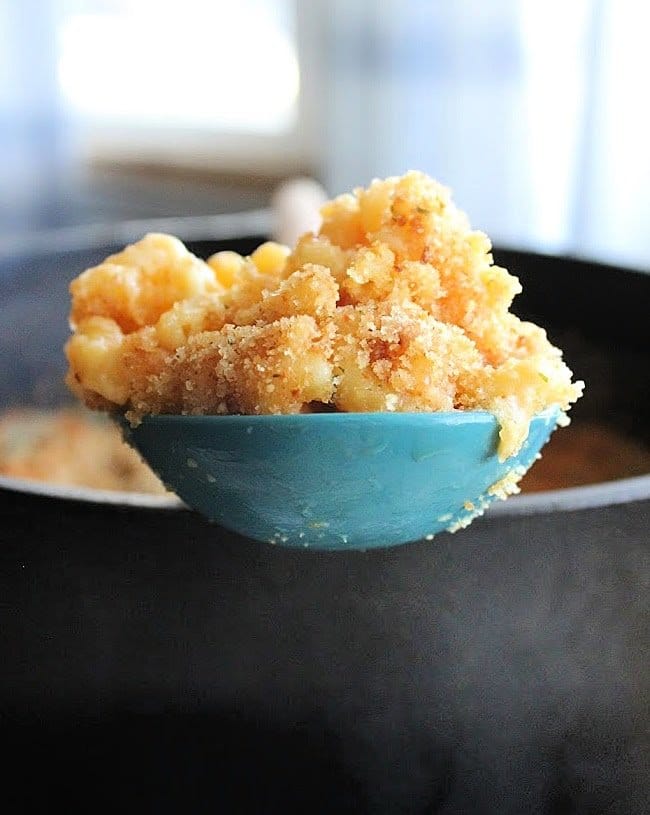
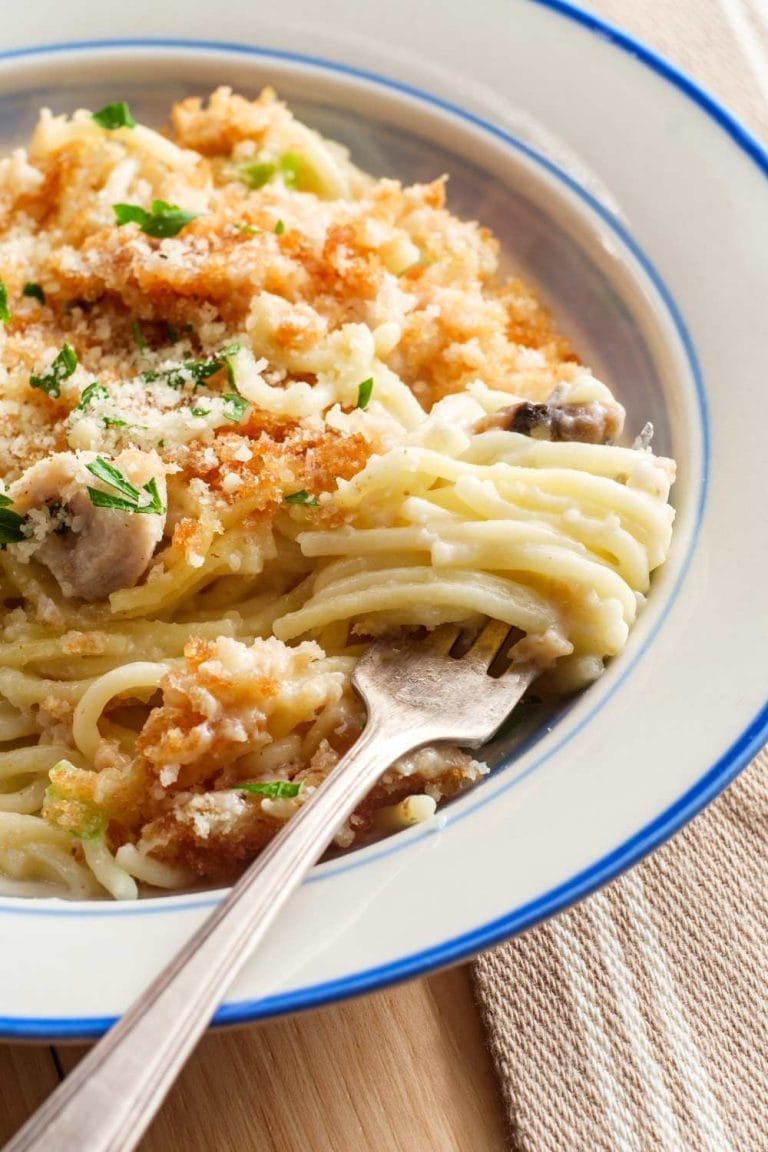


Kids favorite!